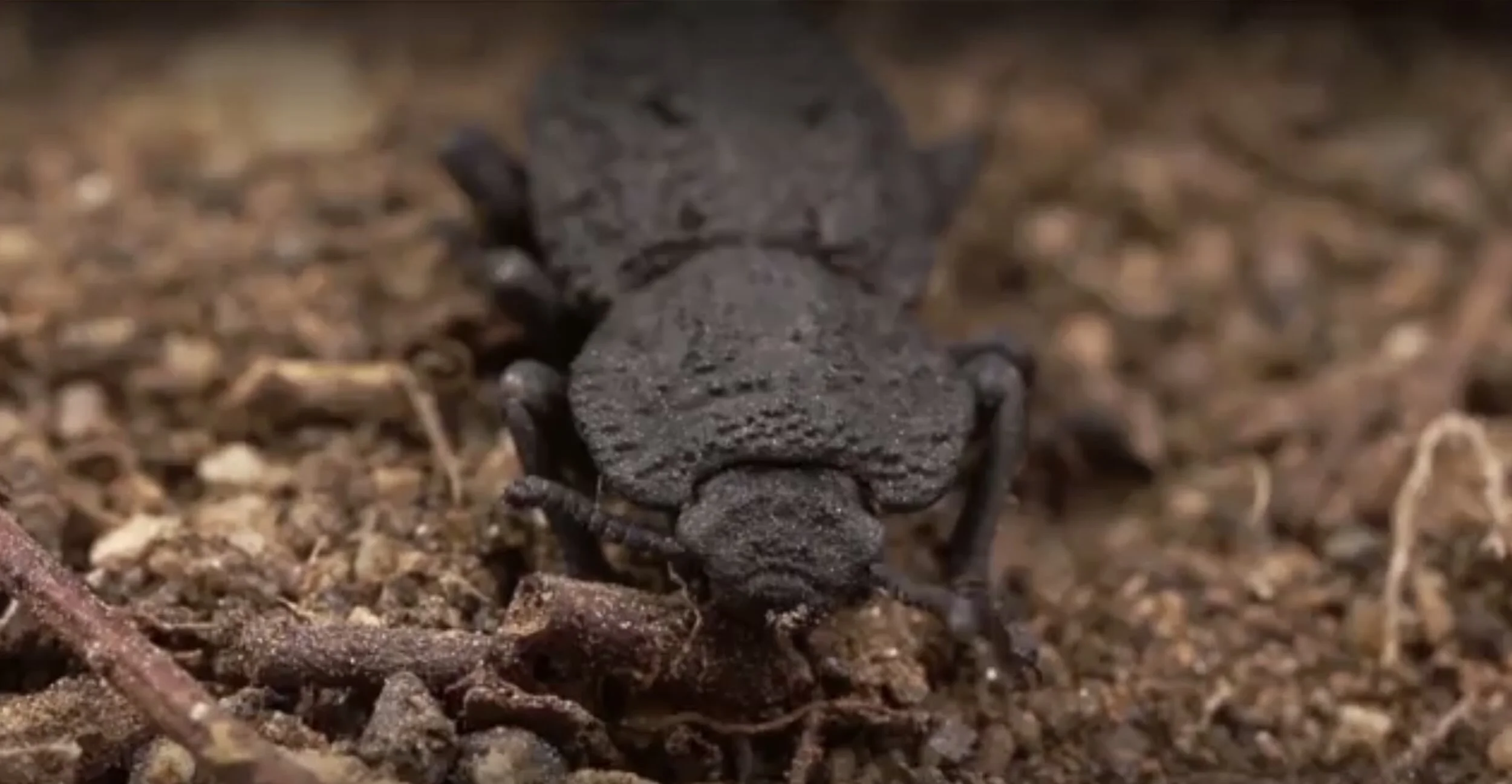Plants are capable of registering essential information about environmental conditions. Scientists are finding out how they delete this memory after they produced seeds.
It is known that plants possess a feat known as ‘epigenetic memory’. It enables them to register essential information about past environmental conditions, such as lengthened cold weather during winter, to guarantee they flower at the right moment when spring comes around. It is important that this information is deleted after the production of seeds so that they don't bloom too early in the subsequent winter.
Image Credit: kram-9 via Shutterstock - HDR tune by Universal-Sci
'Memory' for plants works quite different from that of humans. It transpires by altering specific specialized proteins that are known as histones. Histones are required to package and index DNA in cells. A histone alteration, imaginatively named H3K27me3, labels genes that are 'turned off.' Concerning our earlier example of flowering: cold environmental circumstances induce H3K27me3 to collect at genes that regulate flowering.
Past research has shown that H3K27me3 gets accurately transferred from one cell to the other in order for plants to remember that it used to be colder and that conditions have changed so that hey can bloom at the opportune moment. However, the seeds that will be produced need to ignore this 'memory' of the cold so that they don't bloom too soon once winter comes around again. Scientists from the Calouste Gulbenkian Foundation asked themselves how plants delete this memory if H3K27me3 is faithfully copied from cell to cell.
Jörg Becker, one of the researchers, stated that he and his team analyzed histones in pollen. Their initial hypothesis was that the process of erasing would most probably take place in the embedded sperm. They subsequently discovered a phenomenon called "epigenetic resetting, and identify it as something similar to erasing and reformatting information on a computer hard disk.
Seeds in the wind - Image Credit: solarseven via Shutterstock - HDR Tune by Universal-Sci
To the team’s surprise, it turned out that H3K27me3 entirely disappeared in sperm. They found that sperm accumulate a particular histone that is incapable of carrying H3K27me3. This guarantees that the modification is removed from 100's of genes, not only those that inhibit blooming but also the ones that regulate an extensive array of essential functions in seeds, which are produced once the sperm is carried by the pollen to fuse with plant egg cells.
According to Dr. Borg, lead author of the paper, it actually makes sense from an ecological point of view. Pollen can distribute over vast distances, via bees or wind and other methods. While much of the "memory" carried by H3K27me3 is linked to environmental adjustment, it makes sense that seeds should delete the memory of their father's circumstances and instead remember their mother's, due to the fact that they are most likely to develop and grow in the neighborhood of their mother.
This discovery marks one of the first captured instances of how a specialized histone variant can help reprogram and reset a single epigenetic mark while leaving others untouched. The researchers anticipate that this 'resetting' instrument will be located in other organisms as well.
If you are interested in the study and would like to learn more, you can check out the corresponding paper published in the science journal: Nature Cell Biology listed below.
Sources and further reading:
Featured Articles:
If you enjoy our selection of content please consider following Universal-Sci on social media




















